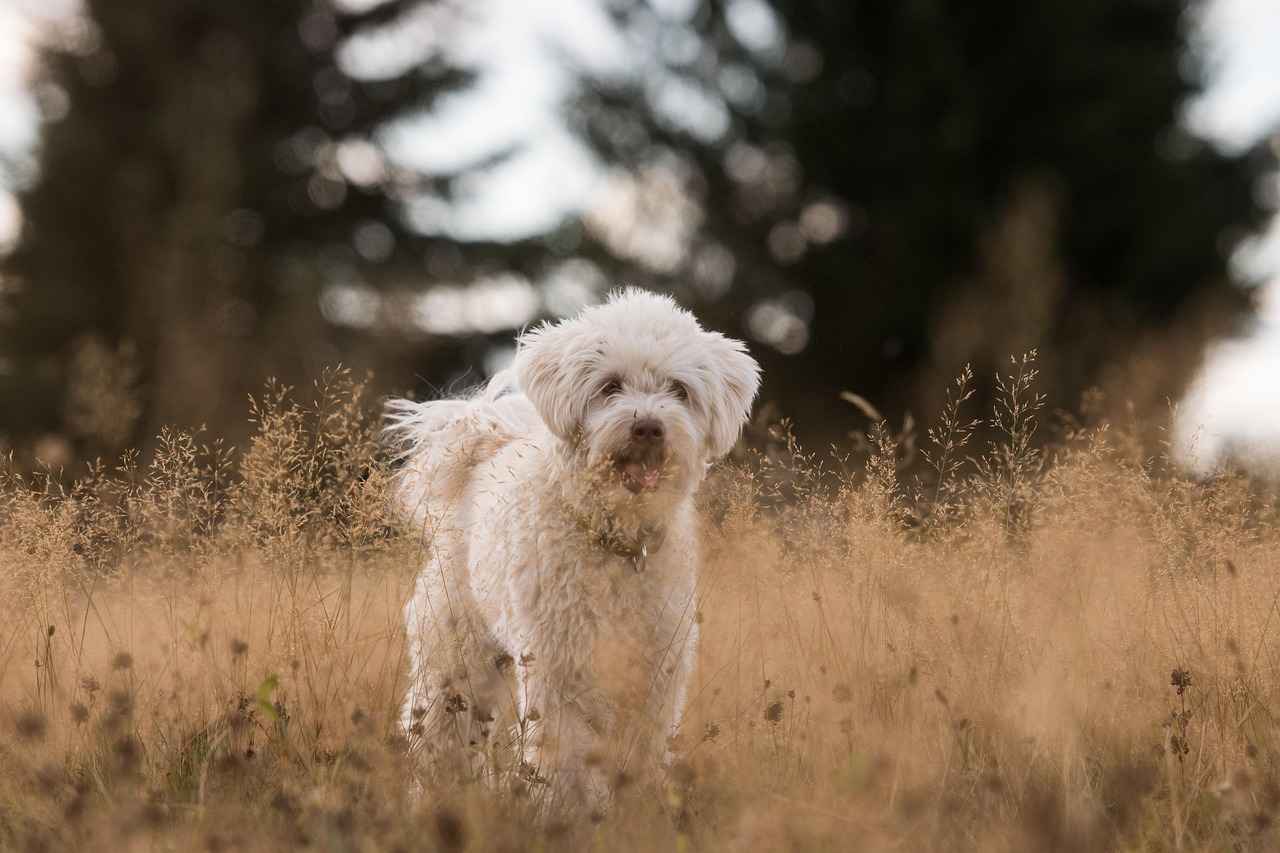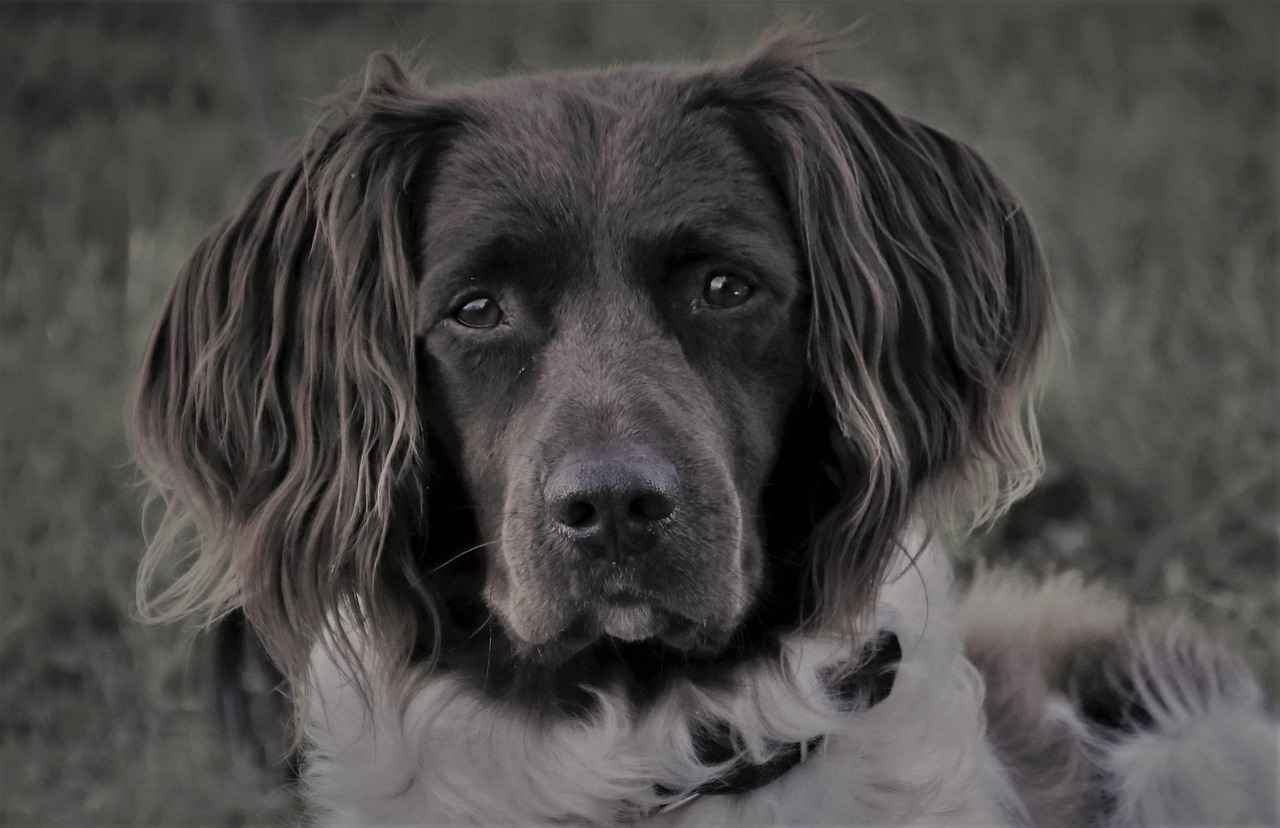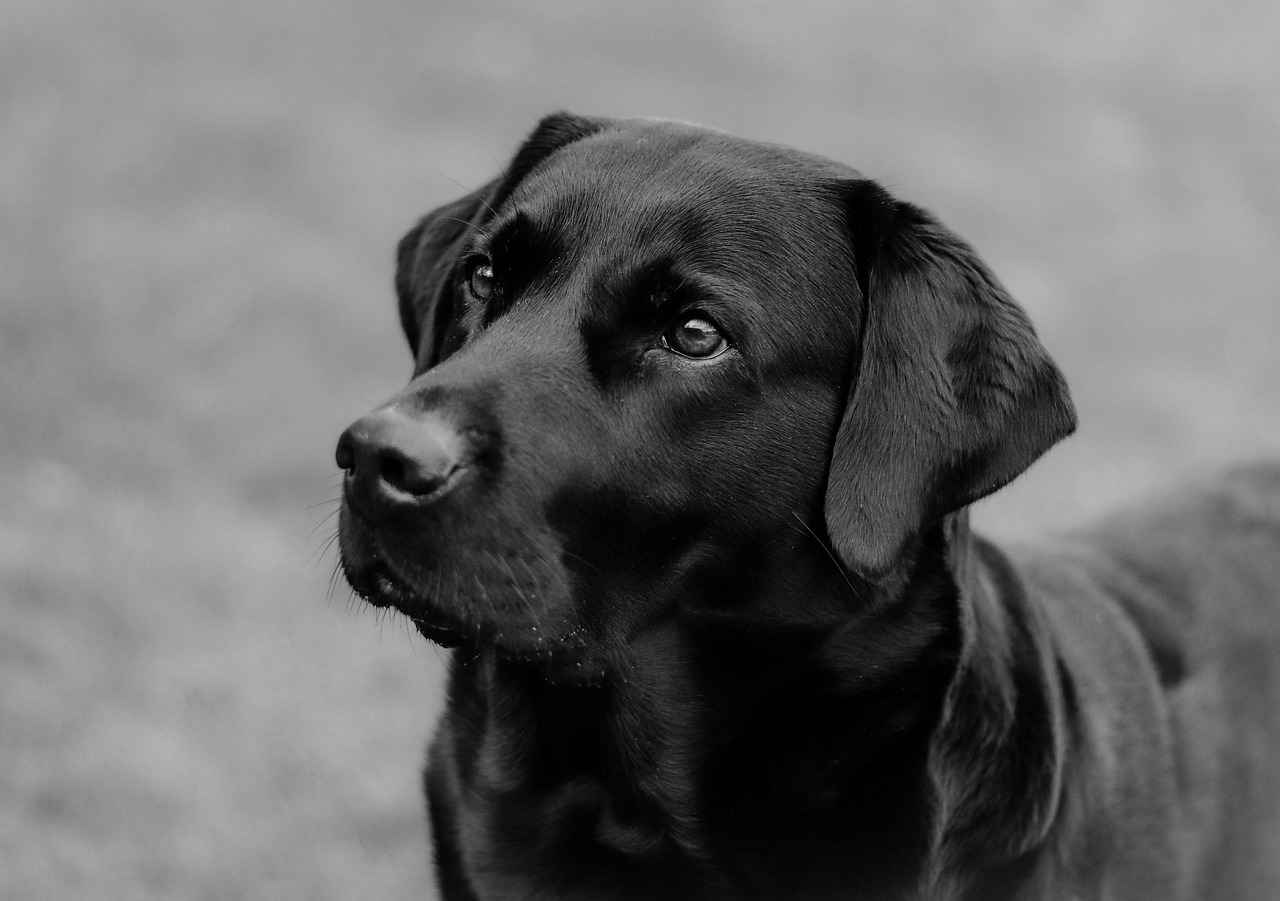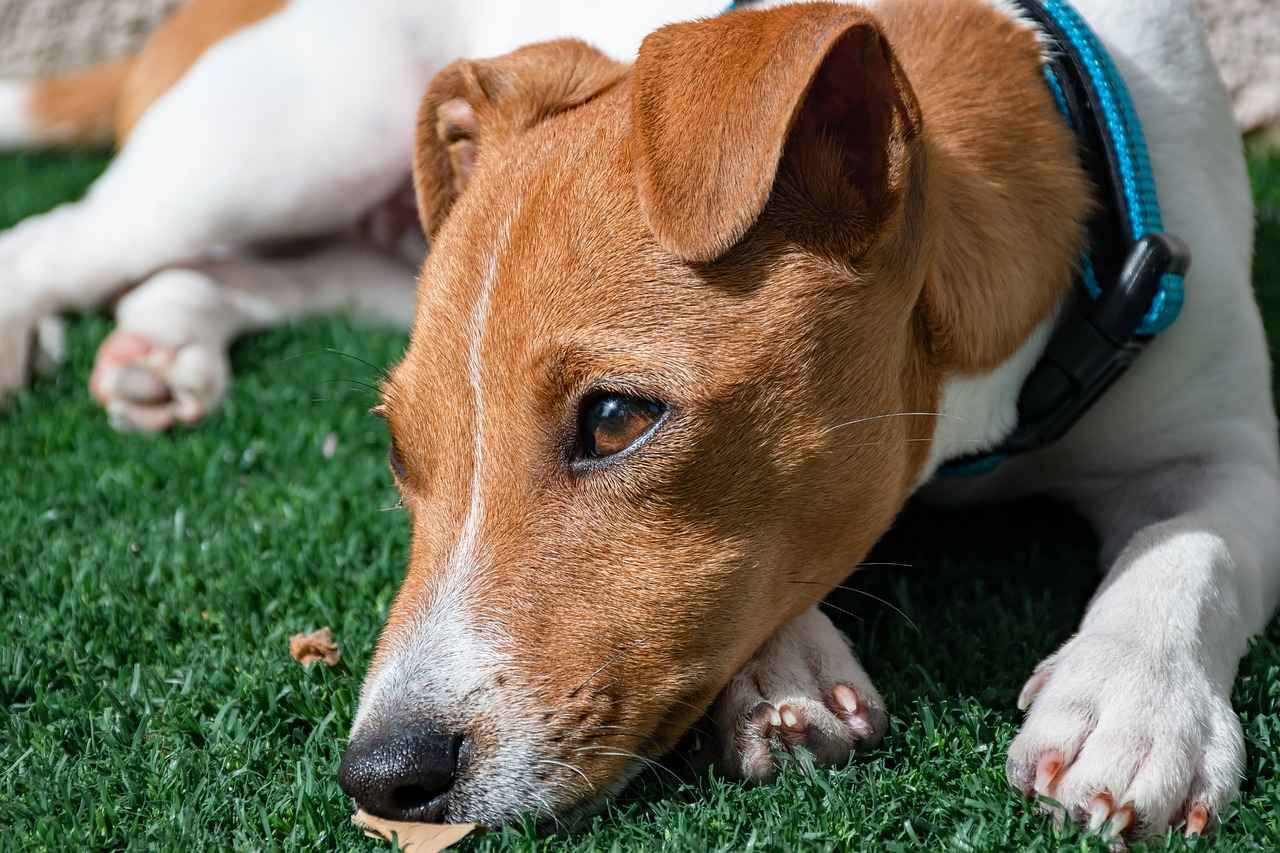This article delves into the truth behind aggressive dog breeds, addressing common misconceptions and providing factual insights based on expert analysis and research. The goal is to promote understanding and responsible pet ownership.
Understanding Dog Aggression
Dog aggression is a complex behavior that can stem from various factors, including genetics, environment, and training. To better understand aggression, it is essential to consider these underlying causes. For instance, a dog’s upbringing and socialization play a critical role in shaping its behavior.
Top Aggressive Dog Breeds
Certain breeds are often labeled as aggressive. Below is a list of some commonly misunderstood breeds:
- American Pit Bull Terrier
- Rottweiler
- German Shepherd
- Doberman Pinscher
American Pit Bull Terrier
The American Pit Bull Terrier is frequently misunderstood. Historically bred for strength and loyalty, these dogs are often mischaracterized as aggressive. It’s crucial to explore their true nature.
Myths Surrounding Pit Bulls
Many myths contribute to the negative reputation of Pit Bulls. For example, the belief that they are inherently dangerous is misleading. In reality, their behavior is influenced by training and socialization.
Temperament and Behavior
Understanding the temperament of Pit Bulls is essential. They are known for their intelligence and affectionate nature. Proper socialization can help them thrive as loving family pets.
Rottweiler
Rottweilers are known for their protective instincts. With the right training and socialization, they can be excellent family pets, showcasing loyalty and gentleness.
Factors Influencing Aggression
Several factors can influence a dog’s aggression, including training, socialization, and environment. Responsible ownership is key to mitigating aggressive tendencies.
Role of Training
Training plays a crucial role in shaping a dog’s behavior. Effective training techniques can significantly reduce aggressive tendencies, leading to a well-adjusted pet.
Socialization Importance
Socialization is vital for any dog. Early exposure to different environments and experiences can help prevent aggressive behavior, promoting a well-rounded temperament.
Debunking Common Myths
Many myths about aggressive dog breeds can lead to misunderstanding. This section aims to debunk these myths with factual information and expert insights.
All Aggressive Dogs are Dangerous
The belief that all aggressive dogs are inherently dangerous is misleading. Understanding the nuances of dog behavior is crucial, as context plays a significant role in aggression.
Training Can’t Change Aggressive Behavior
Contrary to popular belief, training can significantly alter aggressive tendencies. Insights into effective training techniques can promote positive behavior in dogs.
Conclusion: Responsible Ownership
Responsible ownership is crucial in managing dog aggression. Education, training, and understanding are vital to fostering positive relationships between dogs and their owners.

Understanding Dog Aggression
Dog aggression is a complex behavior that can arise from a multitude of factors. Understanding the root causes is essential for dog owners and enthusiasts alike. Aggression in dogs is not simply a matter of temperament; it can be influenced by genetics, environment, and training.
Genetics plays a significant role in a dog’s predisposition to aggressive behavior. Certain breeds are genetically inclined to display protective or territorial instincts. However, it’s crucial to note that not all dogs of these breeds will exhibit aggression; individual temperament varies widely.
The environment also significantly impacts a dog’s behavior. Factors such as early socialization, exposure to various stimuli, and the owner’s behavior can shape how a dog reacts to different situations. For instance, a dog raised in a nurturing environment with positive interactions is less likely to develop aggressive tendencies.
Training is another critical aspect that influences aggression. Proper training can help mitigate aggressive behaviors, while lack of training or negative reinforcement can exacerbate them. It’s essential for dog owners to engage in consistent and positive training methods to foster a well-adjusted pet.
Moreover, fear and anxiety are common triggers for aggression. Dogs that feel threatened may resort to aggressive behavior as a defense mechanism. Understanding the signs of fear in dogs can help owners intervene before aggression escalates.
In summary, dog aggression is a multifaceted issue that stems from genetic, environmental, and training factors. By recognizing and addressing these underlying causes, dog owners can cultivate a more harmonious relationship with their pets and reduce the risk of aggressive behavior.

Top Aggressive Dog Breeds
In the realm of dog ownership, misunderstandings about aggressive breeds often lead to unnecessary fear and stigma. While some breeds are labeled as aggressive, it is crucial to examine their characteristics and behaviors to gain a clearer understanding of their temperaments. This section aims to provide insights into these breeds, debunking myths and shedding light on their suitability as pets.
- American Pit Bull Terrier: Often mischaracterized, the American Pit Bull Terrier is known for its loyalty and intelligence. With proper training and socialization, they can be loving family companions.
- Rottweiler: Recognized for their protective instincts, Rottweilers can be excellent family pets when provided with consistent training and positive reinforcement.
- Doberman Pinscher: Known for their alertness and loyalty, Dobermans require proper socialization to thrive and are often misunderstood due to their guarding instincts.
- German Shepherd: While known for their roles in police and military work, German Shepherds can be gentle and loving with the right training and socialization.
- Chow Chow: This breed is often perceived as aggressive due to its aloof nature. However, with the right environment and training, they can be affectionate companions.
It’s essential to recognize that aggression in dogs is often a result of environmental factors, lack of proper training, or socialization rather than an inherent trait of the breed. Understanding these nuances can help potential dog owners make informed decisions.
In conclusion, while some breeds may have a reputation for aggression, it is vital to evaluate each dog as an individual. With proper training, socialization, and responsible ownership, many of these breeds can thrive in a loving home environment.
American Pit Bull Terrier
The American Pit Bull Terrier is a breed that often faces significant misunderstanding and stigma. Originating from the early 19th century in England, this breed was initially developed for farm work, including bull-baiting and later as a companion animal. Despite its challenging history, the American Pit Bull Terrier has evolved into a loyal and affectionate pet, known for its intelligence and versatility.
One of the key reasons for the mischaracterization of the American Pit Bull Terrier as an aggressive breed is the media portrayal of dog attacks. Often, these reports fail to consider the context of the incidents, such as the dog’s upbringing, training, and socialization. In fact, studies have shown that a dog’s behavior is more influenced by its environment and upbringing than by its breed.
The temperament of the American Pit Bull Terrier is generally friendly and playful. They are known for their strong bond with families and can be excellent companions for children when properly socialized. Moreover, these dogs are highly trainable, often excelling in obedience training and various dog sports, which showcases their intelligence and willingness to please.
| Key Traits | Description |
|---|---|
| Loyalty | American Pit Bull Terriers are known for their unwavering loyalty to their families. |
| Intelligence | This breed is highly intelligent, making them quick learners. |
| Affectionate | They are known for their affectionate nature, often seeking out human companionship. |
In conclusion, understanding the true nature of the American Pit Bull Terrier requires looking beyond stereotypes and recognizing the individual dog’s upbringing and training. By promoting responsible ownership and education, we can help change the narrative surrounding this misunderstood breed, highlighting their potential as loving family pets.
Myths Surrounding Pit Bulls
Pit Bulls have long been the subject of numerous misconceptions that contribute to their negative reputation. These myths often overshadow the true nature of this breed, leading to misunderstandings about their behavior and temperament. In this section, we will debunk some of the most common myths surrounding Pit Bulls and provide factual information to highlight their true characteristics.
- Myth 1: Pit Bulls are inherently aggressive.
Contrary to popular belief, aggression is not a breed-specific trait. Like any other dog, a Pit Bull’s behavior is influenced by factors such as training, socialization, and environment. Many Pit Bulls are friendly, loving, and well-adjusted companions. - Myth 2: Pit Bulls have locking jaws.
The idea that Pit Bulls have a unique jaw structure that allows them to “lock” onto their prey is a myth. All dogs have the same type of jaw structure, and the strength of a dog’s bite is more about the individual dog’s training and upbringing than its breed. - Myth 3: Pit Bulls are not good with children.
In reality, many Pit Bulls are known for their loyalty and affection towards children. With proper training and socialization, they can be gentle and protective family pets. The key is to supervise interactions and teach children how to interact with dogs safely. - Myth 4: Pit Bulls are a danger to the community.
Statistics show that any breed can exhibit aggressive behavior if not properly trained or socialized. Responsible ownership and community awareness are essential in ensuring that all dogs, including Pit Bulls, are safe and well-behaved.
By addressing these myths, we can foster a better understanding of Pit Bulls and promote responsible ownership. It is essential to recognize that education and awareness play critical roles in changing perceptions about this breed. With the right training and socialization, Pit Bulls can be loving and loyal companions, dispelling the myths that have long plagued them.
Temperament and Behavior
Understanding the temperament of Pit Bulls is essential for anyone considering bringing one of these dogs into their home. Often misunderstood, these dogs exhibit a range of behaviors that are influenced by various factors, including genetics, upbringing, and socialization. In this section, we will explore their unique characteristics, focusing on their loyalty, intelligence, and the critical role of socialization in shaping their behavior.
Loyalty is one of the most defining traits of the Pit Bull breed. These dogs are known for forming strong bonds with their families, which makes them excellent companions. Their loyalty often translates into protective instincts, making them vigilant guardians of their households. However, this protective nature must be balanced with proper training and socialization to ensure they are well-adjusted and comfortable around strangers.
In addition to their loyalty, Pit Bulls are remarkably intelligent. They are quick learners and thrive on mental stimulation. This intelligence can be harnessed through positive reinforcement training methods, making it essential for owners to engage their dogs in various activities that challenge their minds. Whether it’s obedience training, agility courses, or interactive games, keeping a Pit Bull mentally stimulated is crucial for their overall well-being.
Moreover, the importance of socialization cannot be overstated. Early and consistent socialization helps Pit Bulls develop into well-rounded dogs. Exposing them to different people, environments, and other animals from a young age can significantly reduce the likelihood of fear-based aggression and anxiety. This exposure teaches them how to behave appropriately in various situations, fostering confidence and reducing the chances of behavioral issues later in life.
In conclusion, understanding the temperament of Pit Bulls involves recognizing their loyalty, intelligence, and the necessity of socialization. By providing a nurturing environment that emphasizes training and social interactions, owners can help these dogs reach their full potential as loving and well-behaved companions.
Rottweiler
Rottweilers are a breed renowned not only for their strength and loyalty but also for their protective instincts. These dogs have a long history of serving as working animals, often used for guarding property and livestock. This section will delve into their behavior, training requirements, and how, with the right guidance, they can become exceptional family pets.
One of the most distinctive traits of Rottweilers is their protective nature. They are naturally inclined to protect their families, making them excellent watchdogs. However, this instinct can lead to aggressive behavior if not properly managed. Understanding their behavior is crucial for any potential owner. Rottweilers are typically confident and self-assured, but they require consistent training and socialization from a young age to ensure they develop into well-rounded companions.
Training a Rottweiler can be both rewarding and challenging. Due to their intelligence, they can learn commands quickly, but they can also be stubborn. It is essential to employ positive reinforcement techniques to encourage good behavior. Regular training sessions not only help in teaching commands but also strengthen the bond between the dog and its owner. Socialization is equally important; exposing Rottweilers to different environments, people, and other animals can help mitigate any aggressive tendencies.
With proper guidance, Rottweilers can thrive in family settings. They are known for being affectionate with their families, often forming strong attachments. Their playful nature makes them great companions for children, provided that interactions are supervised. It is vital for families to understand that while Rottweilers can be loving pets, they also require a responsible owner who can provide the necessary training and socialization.
In conclusion, Rottweilers possess a unique blend of loyalty and protectiveness that can make them wonderful family pets. With the right training and socialization, they can be both loving companions and diligent protectors. Potential owners should be committed to understanding the breed’s needs and providing the guidance necessary for a harmonious relationship.

Factors Influencing Aggression
A dog’s aggression is a complex behavior influenced by a myriad of factors. Understanding these factors is crucial for responsible pet ownership and for mitigating aggressive tendencies. Below, we delve into the primary elements that contribute to a dog’s aggressive behavior.
- Training: Proper training is essential in shaping a dog’s behavior. Positive reinforcement techniques can help teach dogs appropriate responses to various situations. Consistent training helps instill discipline and promotes good behavior, reducing the likelihood of aggression.
- Socialization: Early and ongoing socialization is vital for any dog. Exposing dogs to different people, environments, and other animals can help them learn to interact positively. This exposure decreases fear-based aggression and helps dogs develop confidence, making them less likely to react aggressively in unfamiliar situations.
- Environment: The environment in which a dog is raised significantly impacts its behavior. Dogs exposed to stressful or chaotic surroundings may develop aggressive tendencies. Conversely, a stable and loving home environment can foster a calm and well-adjusted pet.
- Genetics: Some breeds are predisposed to certain behaviors, including aggression. While genetics can play a role, it is important to note that individual temperament varies widely within breeds. Responsible breeding practices can help minimize aggressive traits in certain breeds.
- Health Issues: Physical health problems can also lead to aggression. Pain or discomfort can make a dog irritable and more likely to lash out. Regular veterinary check-ups are essential to ensure a dog’s physical well-being and to address any underlying health concerns that may contribute to aggressive behavior.
In conclusion, understanding the factors influencing dog aggression is essential for pet owners. By focusing on training, socialization, environment, genetics, and health, owners can take proactive steps to mitigate aggressive tendencies in their dogs. Responsible ownership not only enhances the dog’s quality of life but also ensures the safety and well-being of the community.
Role of Training
Training is a fundamental aspect of dog ownership that significantly impacts a dog’s behavior. Many dog owners may underestimate the importance of training, believing that aggression is solely a result of genetics or breed. However, effective training methods can play a crucial role in mitigating aggressive tendencies and fostering a well-behaved pet.
There are several training approaches that can be employed to address aggression in dogs:
- Positive Reinforcement: This method involves rewarding desired behaviors, which encourages dogs to repeat them. Treats, praise, and playtime can be effective motivators. Positive reinforcement helps build a trusting relationship between the dog and owner, reducing fear-based aggression.
- Desensitization: Gradually exposing a dog to the stimuli that trigger their aggression can help them become more comfortable and less reactive. This process requires patience and consistency, but it can lead to significant improvements in behavior.
- Obedience Training: Teaching basic commands such as “sit,” “stay,” and “leave it” can establish a foundation of control and communication. Dogs that understand commands are less likely to act aggressively in stressful situations.
- Socialization: Early and ongoing socialization is essential for all dogs. Introducing them to various people, environments, and other animals can help them develop confidence and reduce fear-based aggression.
It’s important to note that training should be tailored to each dog’s individual needs. What works for one dog may not be effective for another. Additionally, seeking the help of a professional dog trainer or behaviorist can provide valuable insights and strategies for managing aggression.
In conclusion, the role of training in reducing aggression cannot be overstated. By employing the right techniques and fostering a positive environment, dog owners can help their pets become well-adjusted and friendly companions.
Socialization Importance
Socialization is a critical aspect of a dog’s development. It involves exposing dogs to a variety of environments, people, and other animals, which is essential for their behavioral health. Proper socialization can significantly reduce the likelihood of aggressive behavior and help dogs become well-adjusted companions.
Early exposure to different situations allows dogs to learn how to respond appropriately. For instance, puppies that interact with various people and animals during their formative weeks are less likely to develop fear or aggression later in life. This exposure helps them build confidence and adaptability, crucial traits for any pet.
Moreover, socialization helps prevent behavioral issues that can arise from fear or anxiety. Dogs that are not adequately socialized may react aggressively when faced with unfamiliar situations. By introducing them to new experiences gradually, owners can help their pets learn to remain calm and composed.
| Socialization Benefits | Impact on Behavior |
|---|---|
| Increased Confidence | Reduces fear-based aggression |
| Improved Adaptability | Enhances coping skills in new environments |
| Better Interactions | Promotes friendly behavior towards other dogs and people |
Additionally, ongoing socialization is equally important as dogs grow. Regular trips to the park, obedience classes, and playdates with other dogs can reinforce positive behaviors and maintain their social skills. Owners are encouraged to seek out safe environments where their dogs can interact freely and positively.
In conclusion, socialization is not just a one-time event; it is a lifelong process that plays a vital role in shaping a dog’s behavior. By investing time and effort into proper socialization, owners can help prevent aggressive tendencies and foster a well-rounded, happy pet.

Debunking Common Myths
When it comes to aggressive dog breeds, there are numerous misconceptions that can lead to fear and misunderstanding. This section aims to clarify these myths with factual information and insights from experts in the field of canine behavior.
- Myth 1: All Aggressive Dogs are Dangerous
One of the most pervasive myths is that all dogs labeled as aggressive pose a threat to humans and other animals. In reality, aggression in dogs is a complex behavior influenced by various factors, including environment, training, and socialization. Not all dogs exhibiting aggressive behaviors are inherently dangerous; context matters significantly. - Myth 2: Certain Breeds are Naturally Aggressive
Breeds like the American Pit Bull Terrier and Rottweiler often face stigma as aggressive. However, expert studies reveal that aggression is not solely determined by breed. Instead, individual temperament, upbringing, and training play crucial roles in a dog’s behavior. - Myth 3: Training Can’t Change Aggressive Behavior
Contrary to popular belief, effective training can significantly alter a dog’s aggressive tendencies. Positive reinforcement techniques, when implemented consistently, can foster calm and friendly behavior in dogs that may have shown aggression in the past. - Myth 4: Aggressive Dogs are Untrainable
Many believe that once a dog has shown aggression, it cannot be trained. In fact, with the right approach and dedication from the owner, many dogs can learn to manage their behavior and become well-adjusted companions.
Understanding these myths is essential for fostering a more informed perspective on dog behavior. By debunking these common misconceptions, we can promote responsible ownership and ensure that all dogs, regardless of breed, are given the opportunity to thrive.
All Aggressive Dogs are Dangerous
The belief that all aggressive dogs are inherently dangerous is misleading. Understanding dog behavior requires a nuanced approach that considers various factors beyond mere aggression. This perception often stems from a lack of knowledge about the underlying causes of aggressive behavior in dogs. Aggression can manifest due to fear, territorial instincts, or even pain, rather than an innate desire to harm.
Context is crucial when evaluating a dog’s behavior. For instance, a dog that displays aggression in a stressful situation may not be aggressive by nature but rather reacting to perceived threats. Environmental factors, such as how a dog was raised, its socialization experiences, and training, play significant roles in shaping its behavior.
Moreover, certain breeds have been unfairly labeled as aggressive based on stereotypes and media portrayals. Breeds like the American Pit Bull Terrier and Rottweiler are often at the forefront of these misconceptions. However, many individuals of these breeds can be gentle and loving companions when properly trained and socialized. It is essential to recognize that aggression is not solely determined by breed, but rather by individual temperament and upbringing.
Responsible pet ownership involves understanding a dog’s needs and behaviors, which can mitigate aggressive tendencies. Proper training and socialization are vital in fostering a well-adjusted pet. Engaging in positive reinforcement training methods can help reshape a dog’s behavior, promoting a more harmonious relationship between dogs and their owners.
In conclusion, it is crucial to challenge the notion that all aggressive dogs are dangerous. By focusing on the context of their behavior and the importance of responsible ownership, we can create a safer and more understanding environment for both dogs and humans.
Training Can’t Change Aggressive Behavior
Training can significantly alter aggressive tendencies in dogs. This statement challenges a common misconception that aggressive behavior is unchangeable. In reality, effective training methods can lead to remarkable improvements in a dog’s behavior, fostering a more harmonious relationship between pets and their owners.
Understanding the importance of training is crucial for dog owners. Proper training techniques not only address aggressive tendencies but also promote positive behavior overall. Here are several effective training techniques that can help:
- Positive Reinforcement: This method involves rewarding desirable behaviors with treats, praise, or playtime. By reinforcing good behavior, dogs learn to associate positive outcomes with their actions, which can reduce aggression.
- Desensitization: Gradually exposing a dog to stimuli that trigger aggressive responses can help them become more comfortable. This technique requires patience and should be conducted in a controlled environment.
- Obedience Training: Teaching basic commands such as “sit,” “stay,” and “come” can establish a framework for better communication between the dog and owner. A well-trained dog is often less likely to exhibit aggression.
- Socialization: Introducing dogs to various environments, people, and other animals at a young age can significantly reduce fear-based aggression. Socialization helps dogs learn appropriate behaviors in different situations.
- Professional Help: In cases of severe aggression, seeking assistance from a professional dog trainer or behaviorist can provide tailored strategies to address specific issues.
By implementing these techniques, dog owners can witness a transformation in their pets’ behavior. Training is a journey that requires consistency, patience, and understanding, but the rewards are well worth the effort. Ultimately, responsible pet ownership involves recognizing that with the right approach, aggressive tendencies can be managed effectively.
In conclusion, it is essential to challenge the belief that training cannot change aggressive behavior. With dedication and the right methods, any dog can learn to behave appropriately, leading to a fulfilling and safe companionship.

Conclusion: Responsible Ownership
In the realm of dog ownership, responsible ownership is paramount, especially when it comes to managing and understanding dog aggression. The relationship between a dog and its owner is built on a foundation of trust, education, and training. It is essential for owners to recognize that aggression in dogs can arise from a complex interplay of factors, including genetics, environment, and past experiences.
First and foremost, education plays a vital role in responsible ownership. Owners must seek to understand their dog’s breed characteristics and behavioral tendencies. This knowledge equips them to identify potential triggers of aggression and to respond appropriately. For instance, certain breeds may have a natural predisposition towards protective behaviors, which can be misinterpreted as aggression without proper context.
Moreover, training is a critical component in shaping a dog’s behavior. Positive reinforcement techniques can effectively modify aggressive tendencies, promoting a more harmonious relationship between the dog and its owner. Engaging in regular training sessions not only reinforces good behavior but also strengthens the bond between the two. Owners should consider enrolling their dogs in obedience classes, which provide structured environments for learning and socialization.
Equally important is the aspect of socialization. Exposing dogs to various environments, people, and other animals from a young age can significantly reduce the likelihood of aggressive behavior. Socialization helps dogs develop confidence and adaptability, reducing fear-based aggression that often stems from unfamiliar situations.
In conclusion, responsible ownership extends beyond mere possession; it involves a commitment to understanding, educating, and training one’s dog. By fostering a positive environment and addressing potential aggression with informed strategies, owners can cultivate a strong, trusting relationship with their pets. This proactive approach not only enhances the quality of life for both the dog and the owner but also contributes to safer communities where dogs and humans coexist harmoniously.
Frequently Asked Questions
- What breeds are considered the most aggressive?
While many people label certain breeds as aggressive, it’s essential to understand that aggression can vary widely among individual dogs. Breeds like the American Pit Bull Terrier, Rottweiler, and Doberman Pinscher are often cited, but behavior is largely influenced by training and socialization.
- Are aggressive dogs always dangerous?
No, not all aggressive dogs are dangerous. Aggression can stem from fear, anxiety, or lack of socialization. Understanding the context of a dog’s behavior is crucial. Just like humans, dogs have their reasons for acting out, and many can be trained to behave positively.
- Can training change an aggressive dog’s behavior?
Absolutely! With the right training techniques, many dogs can learn to manage their aggression. Positive reinforcement and consistent training can significantly alter a dog’s behavior, showcasing the importance of responsible ownership.
- How important is socialization for aggressive breeds?
Socialization is vital for all dogs, especially breeds often labeled as aggressive. Early exposure to different environments, people, and other animals helps prevent fear-based aggression and promotes a well-rounded temperament.
- What should I do if I encounter an aggressive dog?
If you encounter an aggressive dog, stay calm and avoid direct eye contact, as this can be interpreted as a challenge. Back away slowly and give the dog space. If you’re a dog owner, always be proactive in training and socializing your pet to minimize such encounters.












